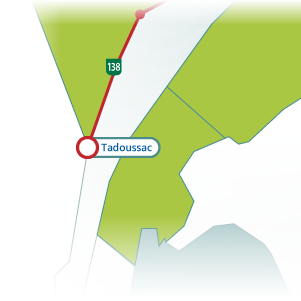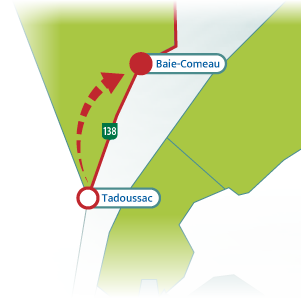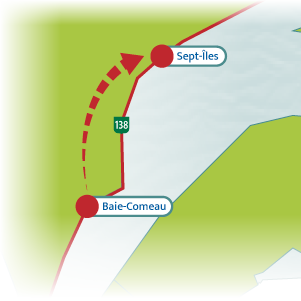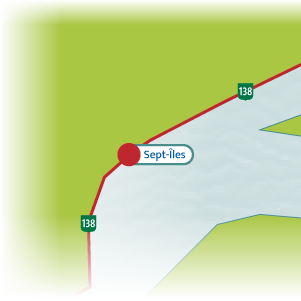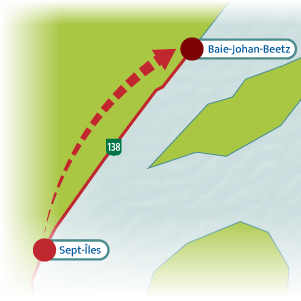
Tadoussac
1Tadoussac dunes
In Tadoussac, head along Rue des Pionniers towards the Maison des Dunes. Sixty metres (200 feet) above the St. Lawrence Estuary, the Tadoussac dunes are a unique observation and interpretation site. They are one of the rare sites located along the migration route of the boreal owl, a little-known bird of prey. You can also participate in nocturnal capturing and banding activities involving northern saw-whet owls and boreal owls.
